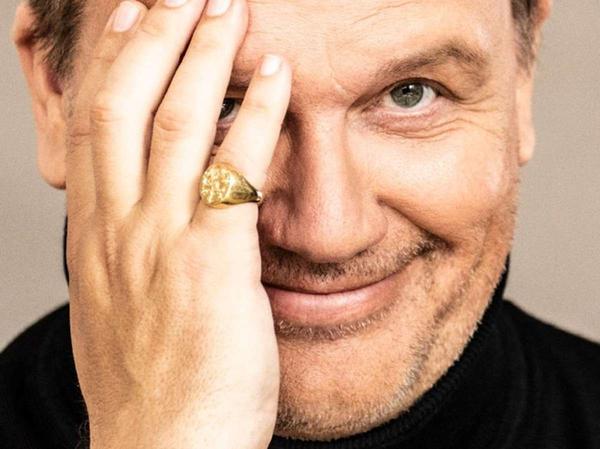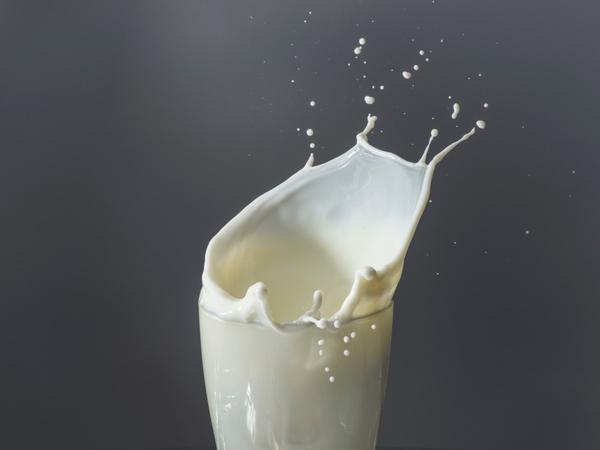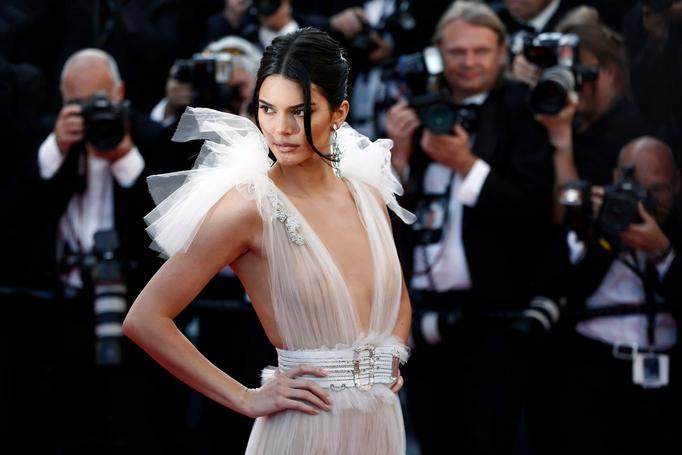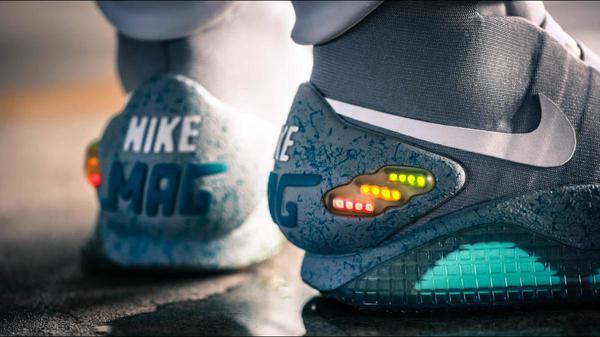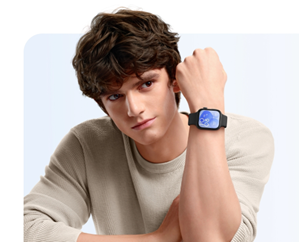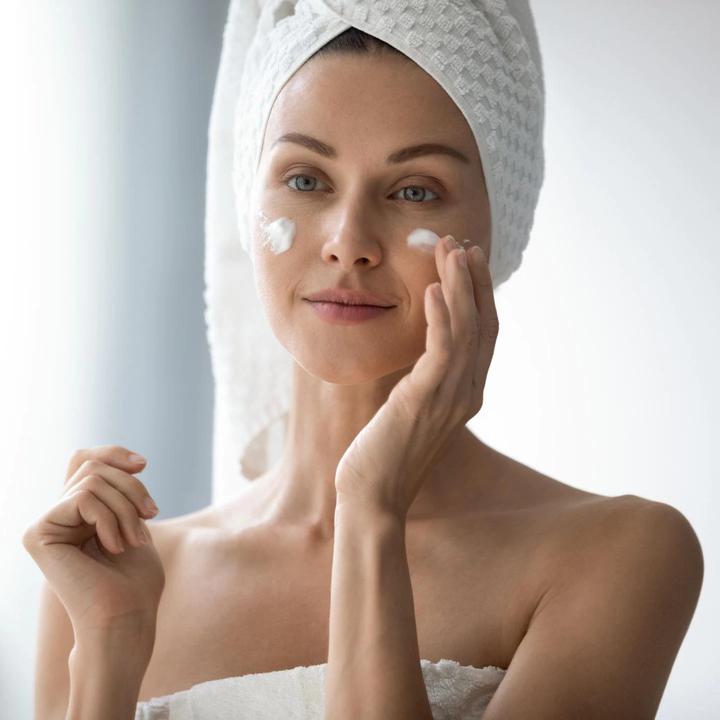
The USA is one of the largest tech nations in the world. But how do the Americans themselves feel about all this? Which trends inspire you, which ones completely pass you by? This is exactly what Marinela Potor reports on – directly from the USA in the BASIC thinking US update. This time it's about the beauty brand "Glossier", which became a cult brand mainly through Instagram in the USA and which is now experiencing a major scandal through social media.
You've never heard of Glossier? Then it may be because you don't belong to the beauty brand's target group: very young, interested in fashion, American.
Glossier is a beauty brand from the USA that has grown through social media and has become a cult brand for many millennials and Gen-Z there in just a few years, especially via Instagram.
New vacancies
| Performance Marketing Manager (m/f/d) Social Media full-time or part-time Social DNA in Frankfurt am Main | ||
| Social Media Manager* at INTES Academy for Family Businesses GmbH in Bonn | ||
| Social Media Marketing Manager – (m/f/d)bimanu Cloud Solutions GmbH in Neuss |
All job advertisements
Glossier's Rise to Iconic Brand
Now, the same social media that propelled the brand to prosperity could be the beginning of its demise. The story of Glossier initially reads like a cliché of the American dream (2.0).
In 2014, beauty blogger Emily Weiss launched the Glossier brand. But it wasn't her expertise in the beauty industry that helped Weiss succeed. Rather, Weiss understood fewer than a few how to build a successful brand from scratch using social media and how to continuously push it.
Glossier is banking on micro-influencers before it's even trendy
It started with the development of Glossier's very first product: the Milk Jelly Cleanser. Before the facial cleanser went online, Weiss asked social media users what exactly they wanted from a cosmetics brand.
The answer may sound surprising. But the survey made it clear that young people want to wear makeup that looks natural and effortless, as if they weren't wearing makeup at all. Glossier has built its entire branding around this need and has been incredibly successful at it.
On the one hand, this is because Glossier clearly fills a gap in the market with such a concept. After all, most cosmetic brands advertise how much their products change you. But that is obviously no longer up-to-date and Glossier recognized and capitalized on this very early on.
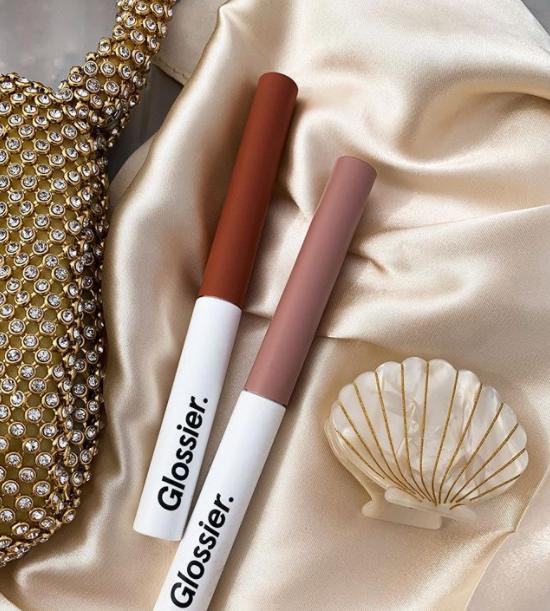
Micro-influencers are key to Glossier's success. (Photo: Screenshot / Instagram)
Glossier's social media strategy didn't stop there. Next, the company recruited around 500 super fans via Instagram - all micro-influencers with fewer than 50,000 followers.
As studies show today: It is these influencers in particular who appear credible when they promote products. Glossier also noticed this earlier than others.
Glossier was able to recruit a large group of influencers early on to market their products on Instagram. Accordingly, the company also makes sure that the products are "Instagram-compatible" - i.e. they look particularly good on photos on Instagram.
Guaranteed! Glossier products always look great on Instagram photos. (Photo: Screenshot / Instagram)
All this has made the brand popular. But it was this marketing strategy in particular that led to cult status: marketing as non-marketing.
Advertising that doesn't look like advertising
Since Glossier's entire branding is based on naturalness, this is also reflected in the advertising language. From the text to the imagery to the quality of the photos: Nothing is particularly glamorous.
The photos look more like snapshots, which is the polar opposite of the glossy photos we're used to seeing from beauty brands. Often they are just re-posts of posts by the micro-influencers.
That's exactly why the products never seem like advertising or intense marketing, but rather authentic. And that, after all, is the new magic word for sales success among millennials.
A classic Glossier ad: subtle make-up, natural imagery. (Photo: Screenshot / Facebook)
It is precisely this down-to-earth attitude that has made Glossier the beauty cult brand of the young generation in the USA. The company was valued at $1.2 billion in 2019. The company is now beginning to expand its own hype with offline stores for the first time.
But now the very thing that made Glossier so successful could be its downfall: social media.
A group of former employees called "Outta the Gloss" has now made serious allegations against the management both on Instagram and via Medium.
Unhygienic conditions, discrimination
On the one hand, the ex-employees there criticize that the employees were regularly overwhelmed. There was too much work and not enough staff. In addition, the working conditions were very unsanitary.
The group sees another problem with equal rights. While the vast majority of low-paying positions are filled by black or LGBTQIA+ employees, leadership positions are almost entirely filled by white women.
That didn't go over well with the fans. Many were disappointed that the cult brand was pursuing such a regressive personnel policy.
But Glossier's response was not long in coming - at least on social media. The company has not yet approached the former employees directly, they say.
Founder Emily Weiss said in a blog post that the allegations had been made against her some time ago and that the company has since been working on a roadmap to improve working conditions at Glossier. Glossier posted an apology to the employees on Instagram.
Free LinkedIn guide!
Sign up now for our weekly newsletter BT compact. As a thank you, we'll give you our LinkedIn Guide.
Reactions have been mixed. Some are very disappointed with the brand. Others welcome the public admission of guilt.
It is not yet clear whether the scandal has been averted or is just beginning. Because, and a brand like Glossier should know this well, things can change from one day to the next on social media.
Also interesting:

